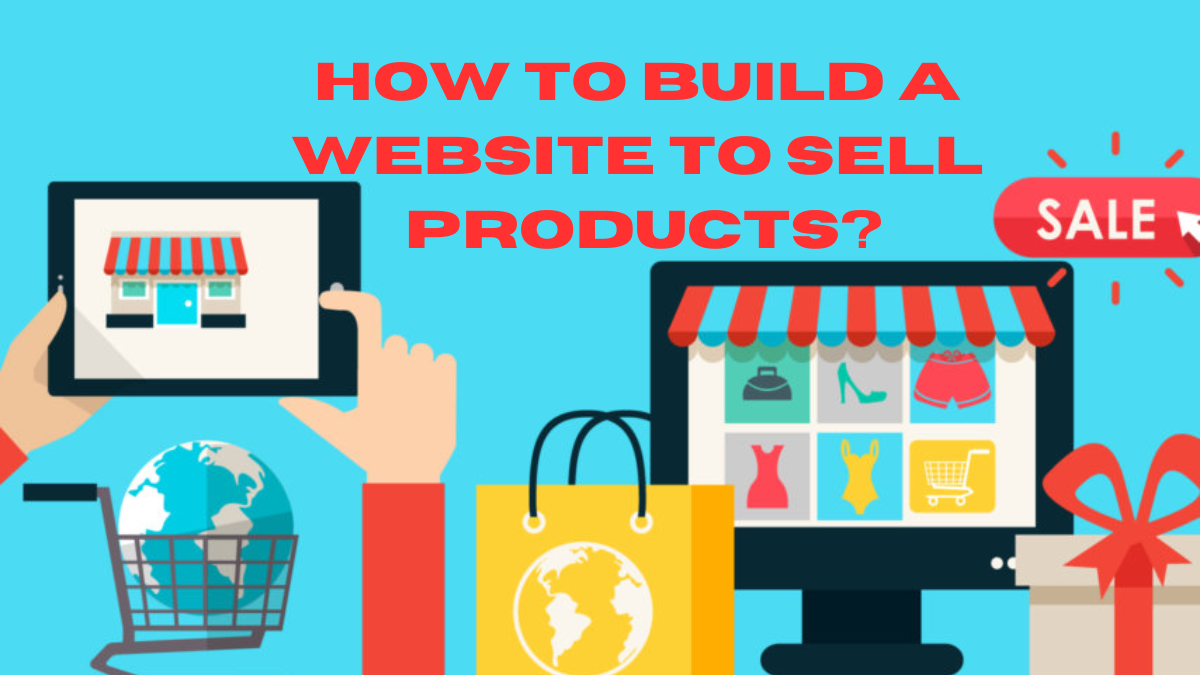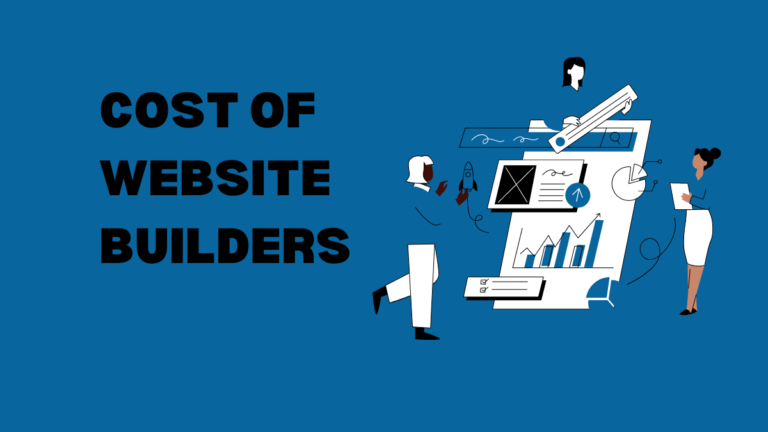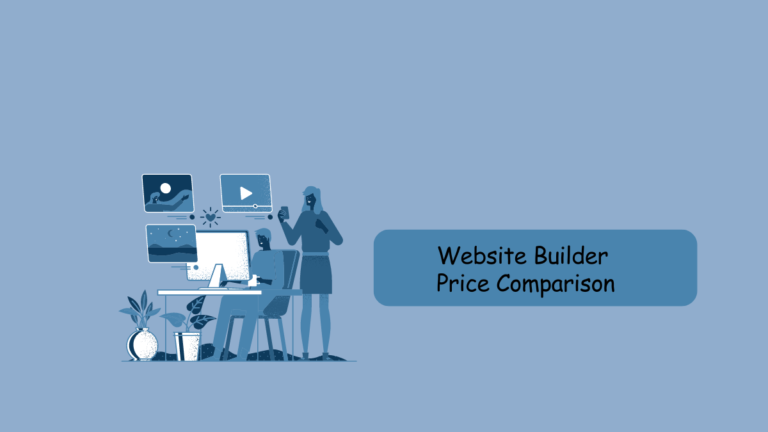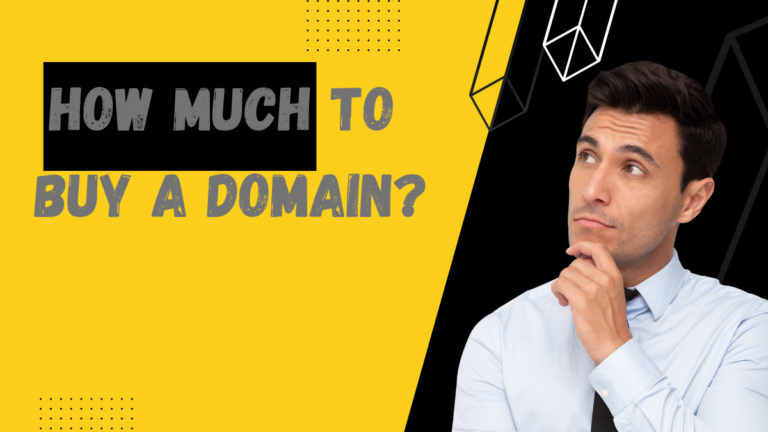How To Build A Website To Sell Products?
Are you ready to take your business online and start selling products? Building a website that showcases your offerings is the first step toward success in the digital marketplace. Whether you’re an entrepreneur, artist, or small business owner, this blog post will guide you through the process of creating an attractive and user-friendly website that drives sales.
From selecting a platform to designing captivating product pages, we’ll provide you with expert tips and practical advice that will help you build a website that not only captures attention but also converts visitors into loyal customers.
So grab your laptop and get ready to embark on an exciting journey of establishing your online presence – let’s dive into how to build a website to sell products.
Table of Contents

Understanding the E-commerce Landscape
In order to build a website to sell products, it is important to first understand the ecommerce landscape. There are a number of different platforms and technologies that power ecommerce websites and it can be helpful to have a basic understanding of how they work before getting started.
Some of the most popular ecommerce platforms include Shopify, Magento, and WooCommerce. These platforms provide everything you need to get started selling online, including hosting, a shopping cart, payment processing, and security. They also offer a range of features and plugins to help you customize your store and make the most of your sales.
When it comes to payment processing, there are a few different options available. PayPal is one of the most popular choices, as it is widely accepted and easy to use. However, there are also other options such as Stripe and Authorize.net that can be worth considering.
Security is an important consideration when building an ecommerce website. SSL certificates are essential for encrypting sensitive information like credit card numbers and ensuring that data stays safe. You should also consider using a secure checkout platform such as Shopify Payments or Amazon Payments, which add an extra layer of security to your site.
Choosing a Platform for Your Website
When it comes to choosing a platform for your website, there are a few things you need to take into account. First of all, what kind of products do you want to sell? If you want to sell physical goods, then you’ll need a platform that supports eCommerce. If you’re selling digital products, then you’ll need a platform that allows you to securely deliver those products to your customers.
Another thing to consider is what kind of features you need on your website. Do you need a blog? Do you need an email list? Do you need a way to accept payments? Once you know what features you need, you can start narrowing down your choices of platforms.
Take some time to look at the different options and compare them. What are the pros and cons of each platform? Which one seems like it will be the easiest for you to use? Once you’ve made your decision, it’s time to get started building your website.
Designing and Setting Up Your Website
Your website is your online storefront, so it needs to look professional and appealing. The design should be simple and clean, easy to navigate, and mobile-friendly. You can create a website yourself using a platform like WordPress or Wix, or you can hire a web developer to do it for you.
Once your website is designed, you need to set up your payment gateway and shipping options. If you’re selling physical products, you’ll need to choose a shipping carrier and set up your shipping rates. For digital products, you’ll need to set up a payment processor like PayPal or Stripe.
Then, you need to add your products to your website. Write descriptions for each product, upload photos, and set prices. If you’re selling digital products, make sure to provide download links. Once everything is ready, launch your website and start selling.
Selecting Payment Methods and Shipping Options
Assuming you’ve already chosen the platform you want to use for your website, the next step is to select payment methods and shipping options. The most common payment methods are credit cards, PayPal, and Amazon Payments. For shipping, you can either use a fulfillment service like Shipwire or Fulfillment by Amazon or ship the products yourself.
If you’re using a fulfillment service, they will take care of packaging and shipping the products for you. All you need to do is send them the inventory and they will handle the rest. This is a good option if you don’t want to deal with the hassle of shipping yourself.
If you decide to ship the products yourself, you’ll need to figure out the packaging and shipping process. This can be a bit more challenging, but it also gives you more control over the process. You’ll need to find a reliable shipping company and make sure your packaging is up to par.
Once you have your payment methods and shipping options selected, it’s time to start building your website.
Promoting Your Website and Increasing Traffic
There are a number of ways to promote your website and increase traffic. One way is to submit your site to search engines and directories. This will help potential customers find your site when they are searching for products or services that you offer.
Another way to promote your site is to create compelling content that will encourage readers to visit your site. You can also use social media platforms, such as Twitter and Facebook, to drive traffic to your website. You can use paid advertising, such as Google AdWords, to reach a wider audience.
Analyzing Sales Metrics and Performance Data
When you’re running an online store, it’s important to keep track of your sales metrics and performance data. This information can help you make decisions about how to grow your business.
There are a few key metrics that you should track:
- Sales volume: This is the total number of products or services that you sell in a given period of time. Keep track of this number so you can see if your business is growing.
- Average order value: This is the average amount that customers spend when they place an order on your website. A higher average order value means that customers are spending more money on each purchase.
- Conversion rate: This is the percentage of visitors to your website who end up making a purchase. A higher conversion rate means that more people are buying from your store.
To get started, take a look at your sales data from the past month or two. Look for trends in these numbers so you can start to understand what’s working well and what could be improved. Then, set some goals for the coming months and keep track of your progress.
Dealing with Customer Service Issues
If you’re running a website that sells products, you’re going to have to deal with customer service issues at some point. It’s inevitable. Whether it’s a customer who is unhappy with their purchase, or a technical issue with your website, you’ll need to know how to handle it.
The first thing you need to do is stay calm. It can be easy to get frazzled when dealing with an upset customer, but it’s important to keep your cool. Take a deep breath and try to see the situation from their perspective. They’re likely frustrated, and may not be thinking clearly.
Once you’ve calmed down, you need to address the issue head-on. Thank them for bringing it to your attention, and apologize for any inconvenience they may have experienced. Then, figure out what the next steps are. If it’s a technical issue, do you need to reach out to your web developer? If it’s a return or exchange, what is your policy? Be clear and concise in your explanation, and try to offer a solution that will make the customer happy.
It’s also important to follow up after the issue has been resolved. Check-in with the customer to make sure they were satisfied with the outcome. If not, see if there’s anything else you can do. Customer service issues can be frustrating, but if you handle them well, they can actually help improve your business in the long run.
Conclusion
Building a website to sell products is no easy task, but it can be made much simpler with careful planning and an understanding of the various steps involved. By following our tips for building a website to sell products, you should now have all the knowledge you need to get started on creating your own e-commerce store. With some hard work and dedication, your goal of selling online should be within reach in no time! Good luck with setting up the shop.






